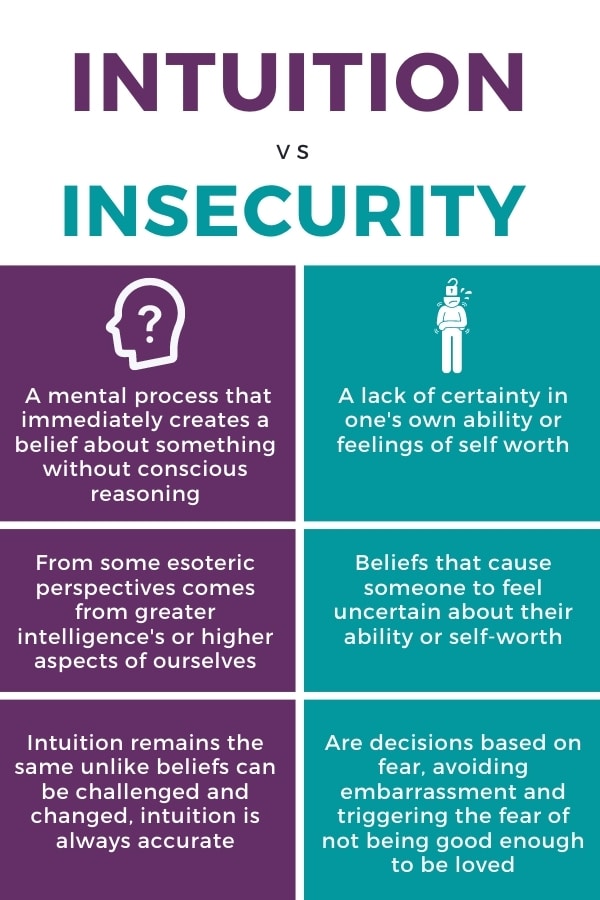Self-Conscious Vs Insecure
Understanding the Differences: Self-Conscious vs. Insecure
- Understanding the Differences: Self-Conscious vs. Insecure
Introduction to Self-Consciousness and Insecurity
When it comes to emotional well-being, the terms self-conscious and insecure are often used interchangeably, yet they represent distinct psychological states. Understanding these terms is essential as they can influence one’s behavior and interactions with others.
What Does It Mean to be Self-Conscious?

Being self-conscious implies a heightened state of awareness regarding oneself. People who are self-conscious tend to be acutely aware of how they are perceived by others, which can lead to feelings of discomfort or anxiety in social situations.
Key Characteristics of Self-Consciousness:

- Hyper-awareness of behavior and appearance
- Anxiety about being judged by others
- Often temporary and situation-specific
Recognizing Insecurity

On the other hand, insecurity involves a more profound sense of doubt about one’s abilities, value, and self-worth. Insecure individuals may struggle with confidence across different areas of their life.
Indicators of Insecurity:
- Persistent lack of confidence in abilities
- Negative self-image and self-talk
- May lead to withdrawal from challenges or opportunities
Exploring the Differences
To further clarify the nuances between these two concepts, consider the following table:

| Aspect | Self-Conscious | Insecure |
|---|---|---|
| Focus | How one is seen by others | Internal self-worth |
| Duration | Often momentary | Can be long-term |
| Root Cause | External perception | Internal perception |
| Effect on Social Interaction | Anxiety in specific situations | General avoidance or withdrawal |
| Potential to Change | Situational adjustment | Requires deeper self-work |

Strategies for Overcoming Self-Consciousness and Insecurity
Tackling Self-Consciousness:
- Mindfulness Practices: Engage in mindfulness to remain present and reduce preoccupation with others’ opinions.
- Cognitive Restructuring: Challenge and reframe negative thoughts about how others perceive you.
- Social Skills Training: Improve your confidence in social settings by practicing conversation and engagement skills.
Addressing Insecurity:
- Self-Compassion Exercises: Treat yourself with kindness and understanding, as you would a good friend.
- Positive Affirmations: Use affirmations to build a more positive internal dialogue.
- Set Achievable Goals: Accomplishing small goals can gradually build self-confidence.
The Role of Self-Esteem
Understanding the role of self-esteem is crucial in differentiating between self-consciousness and insecurity. Self-esteem refers to one’s overall sense of self-worth or personal value. It often underpins both self-consciousness and insecurity.
Self-Esteem and Self-Consciousness:
- Temporary Fluctuations: Self-esteem may temporarily dip in situations that trigger self-consciousness.
- Social Context is Key: Often linked to the fear of negative evaluation in specific social interactions.
Self-Esteem and Insecurity:
Where To Find Certo In Walmart Other Grocery Stores
- Persistent Low Self-Esteem: Insecurity often correlates with consistently low self-esteem.
- Affecting Various Life Areas: Low self-esteem can affect numerous domains, not just social ones.
Conclusion: Embracing Self-Improvement
Identifying whether you’re experiencing self-consciousness or insecurity is the first step toward addressing these feelings. Both can be managed and improved with the right strategies, helping you lead a more fulfilling and confident life.
Remember, recognizing the difference between being self-conscious and insecure is essential for personal growth. By understanding where these feelings stem from, individuals can seek appropriate methods to overcome them and develop a healthier self-image.






